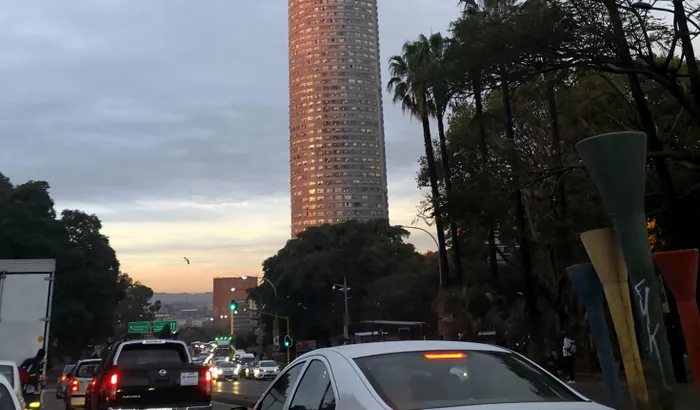Johannesburg's alarming debt crisis: The hidden costs of Eskom

Johannesburg's 28% ratio far exceeds the national municipal average of 14.1%, according to Statistics South Africa's latest Financial Census of Municipalities.
Image: Nicola Mawson | IOL
The City of Johannesburg is drowning in debt, owing 28 cents for every rand it earns – the highest burden among South Africa's metros.
But the real issue is that this figure doesn't include the billions owed to Eskom.
The debt-to-income ratio measures how much a municipality owes in formal borrowings against its annual revenue, showing whether it can afford to pay back what it owes. Think of it like a household budget: if you earn R10,000 a month but owe R2,800, your debt-to-income ratio is 28%.
Johannesburg's 28% ratio far exceeds the national municipal average of 14.1%, according to Statistics South Africa's latest Financial Census of Municipalities. Tshwane follows at 20.5%, with Ekurhuleni at 16.7%.
The Eskom elephant in the room
Yet, these figures only count formal borrowings like loans and bonds. They completely exclude trade payables – the money municipalities owe suppliers, particularly Eskom.
And those numbers are staggering. Municipalities owed Eskom R94.1 billion as of January 2025, up from R74.4 billion in March 2024. Eskom expects this to hit R110 billion by March 2025, according to the most recent available information.
Johannesburg has been at the centre of this crisis. Eskom threatened to cut power to Midrand, Johannesburg CBD, Mnandi and Cresta late last year as the city's debt ballooned to R4.9 billion. The city has since agreed to pay R3.2 billion.
Trade payables, short-term debts owed to suppliers, now account for 32% of total municipal liabilities, which reached R386 billion in 2024, according to Statistics South Africa’s latest report on municipal debt. Formal borrowings make up just 19% at R75 billion.
While formal debt has remained stable since 2021, trade payables have expanded notably – meaning municipalities are increasingly failing to pay their bills on time.
Not all doom and gloom
Despite their high ratios, Johannesburg, Tshwane and Ekurhuleni all showed improvement between 2021 and 2024, reducing formal borrowings while increasing income. All eight metros recorded lower debt-to-income ratios over this period.
The real outlier is Matjhabeng in Free State, with a debt-to-income ratio of 137.5% – the only municipality in South Africa exceeding 100%. This resulted from a R5.3 billion concessionary loan under National Treasury's debt relief programme. Without Matjhabeng, Free State's ratio would be just 2.7% instead of 23.8%.
Statistics South Africa emphasised that the debt-to-income ratio alone cannot capture municipal financial health. The exclusion of Eskom and supplier debt means the analysis shows only part of the pressure facing local government.
Get your news on the go. Download the latest IOL App for Android and IOS now.
IOL